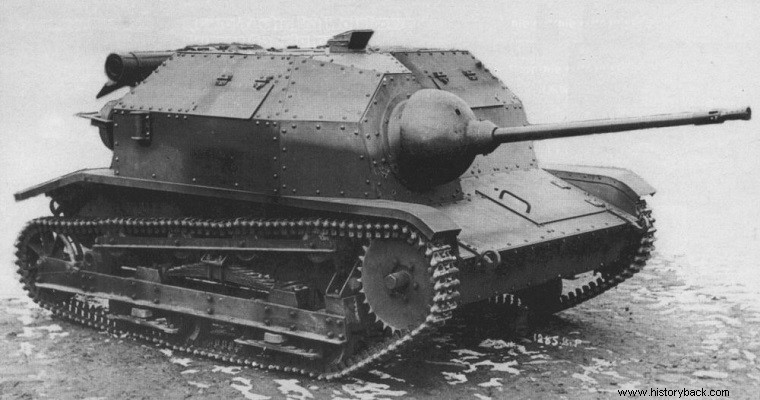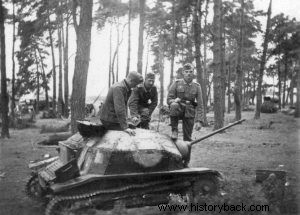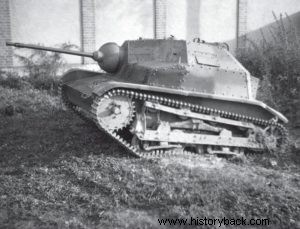
In September 1939 the Polish army had a number of tanks. Even fewer of them were able to fight with opposing tanks as they were armed only with machine guns. TK tanks made up the bulk of Polish armored vehicles.
Shortly before World War II it was decided to upgrade numbers of these to be equipped with a 20mm automatic cannon. The new tanks were designated TKS-NKM, but only 24 were ready when the Germans invaded. However, these few small tanks performed well. However, their action remains relatively unknown.
Operational action
One of the units equipped with TKS-NKM was the 71st Chief of Cavalry Brigade (TI) "Wielkpolska" of the Poznań Army. The headquarters supported the 7 o Mounted Mountaineer Regiment during the great Polish counterattack on the Bzura River destroying at least three Pz IIs of the German 4th Panzer Division (MPa).
On September 18, 1939 three TKS-NKMs neutralized two Pz 35 (t) and one Pz IV by flanking them. The German tanks belonged to the 11 o Panzer Regiment. The next day the Polish tanks again collided with German tanks of the 1st of the Light Division, in the forest of Cambinos, destroying seven. On September 20 the remains of the 71st Commander-in-Chief retreated to Warsaw.
Another unit that used TKS-NKM was the 10 th WHAT. The Poles fought bravely and neutralized several Panzers of the 2 BA and of the 4th Light Division. The most important conflict took place on September 9 with the Poles temporarily stopping the Germans. Four TKS that escaped entered Hungarian territory. The Warsaw Armored - Motorized Brigade used the TKS-NKM but lost all its tanks by September 20.
The 81 th He fought in Pomerania. The unit had 10 TKS-NKM. He lost four, while the rest were sent to reinforce a second line of defense that was never manned. And the 51st Commander used TKS. Those tanks that survived crossed into Hungarian territory.
The TKS-NKM performed satisfactorily in the conflict with the Germans, always within their capabilities. The gun wz. 38 20mm could penetrate 40mm of armor at a distance of 200m. that is, it could, at this distance, neutralize all the German tanks in service at that time.
The tanks had a combat weight of 2.6 tons and a maximum armor thickness of 10mm. It reached a maximum speed of 40 km on the road and had a maximum range of 190 km.


